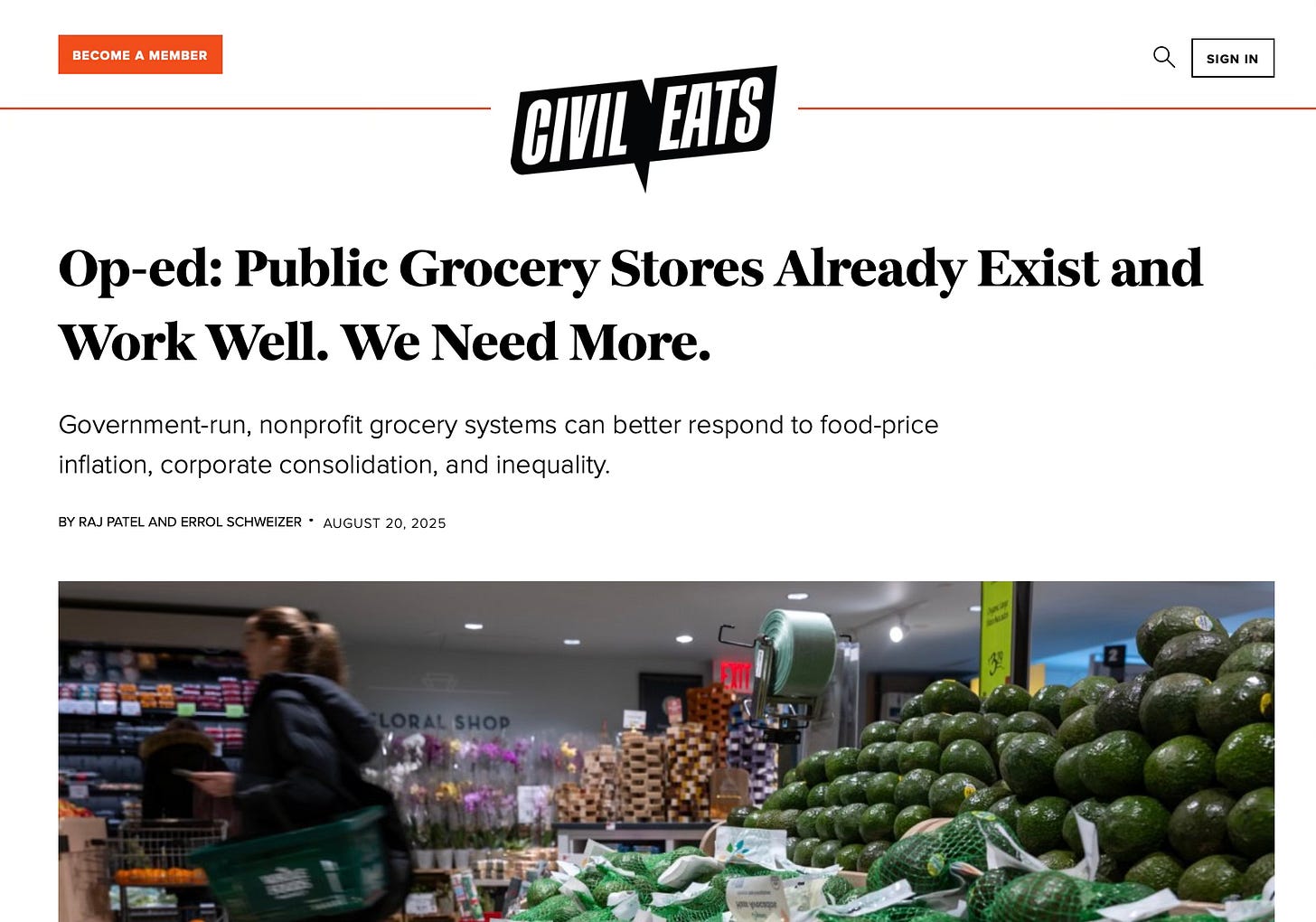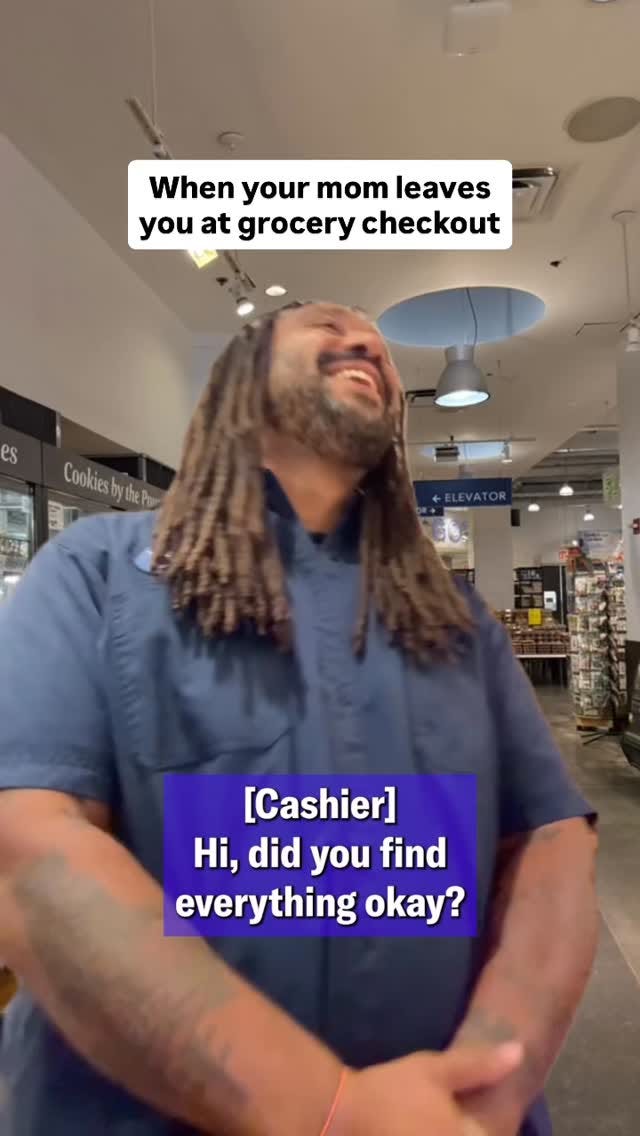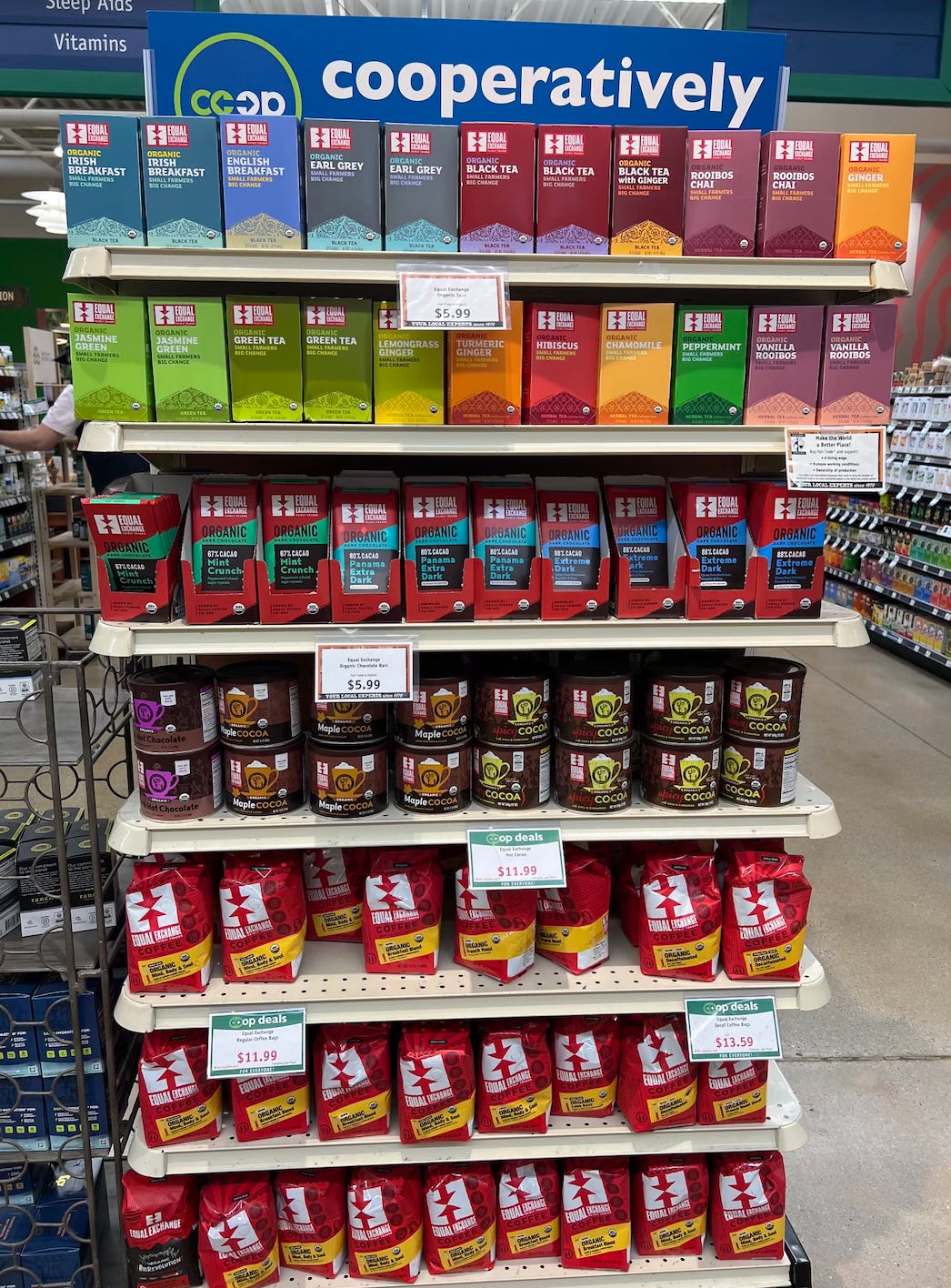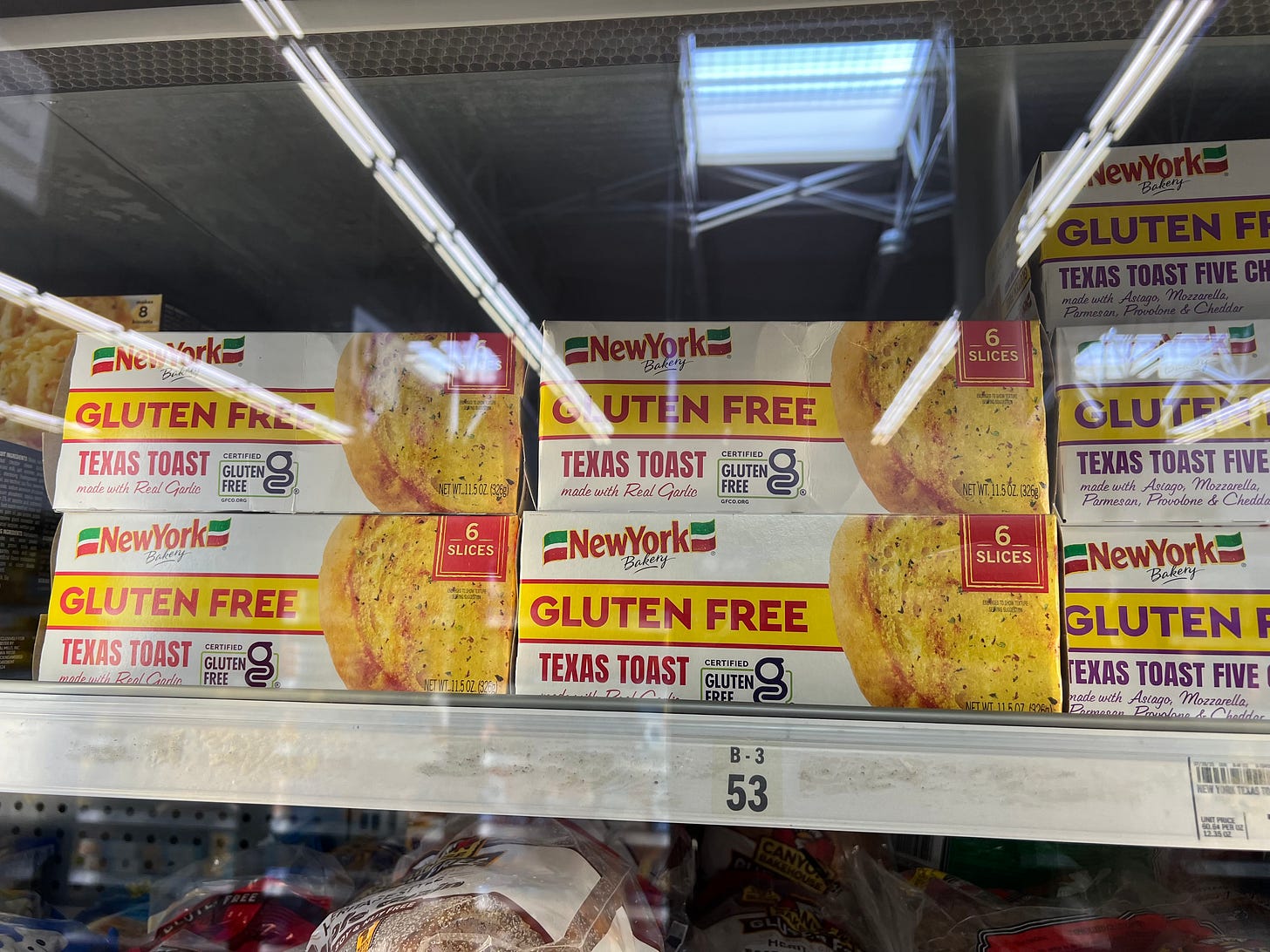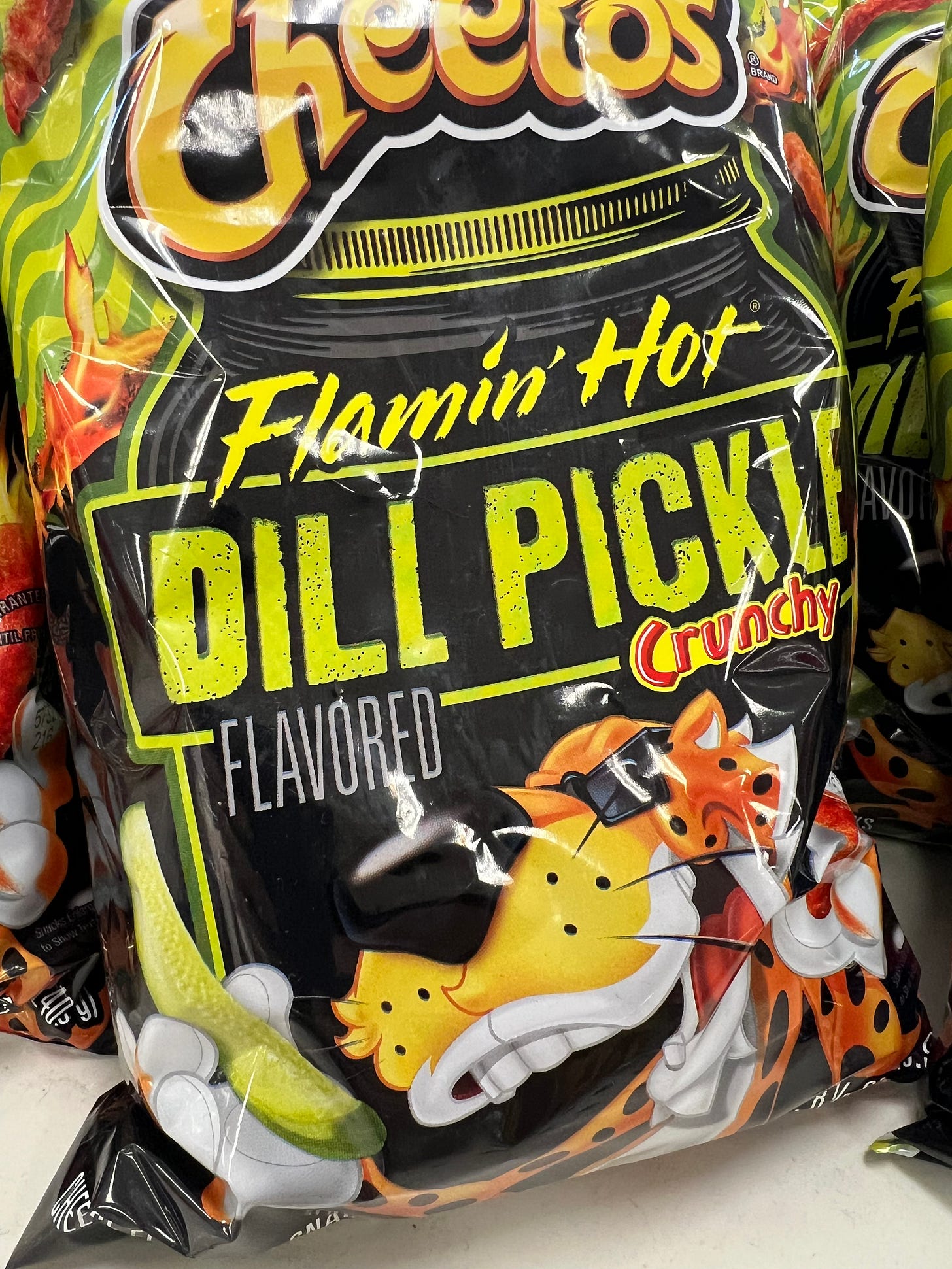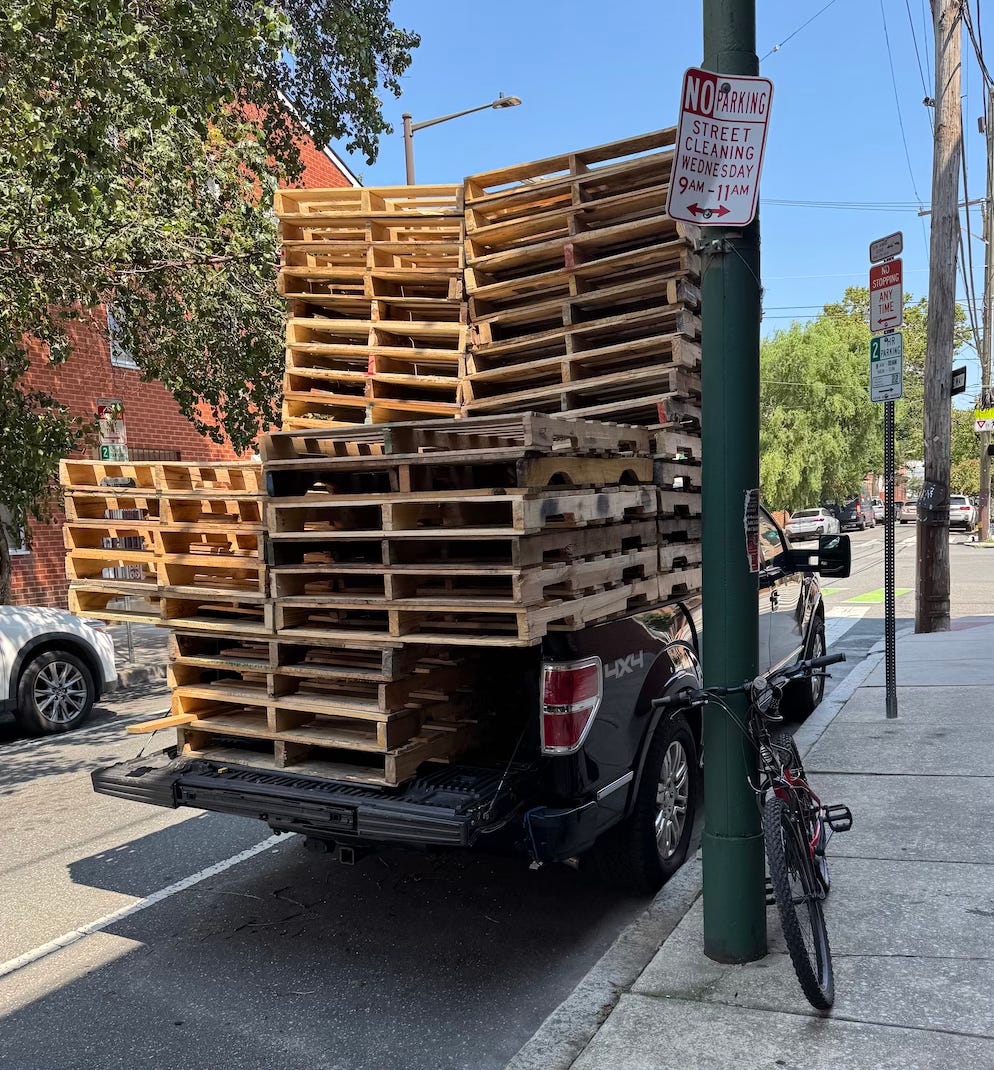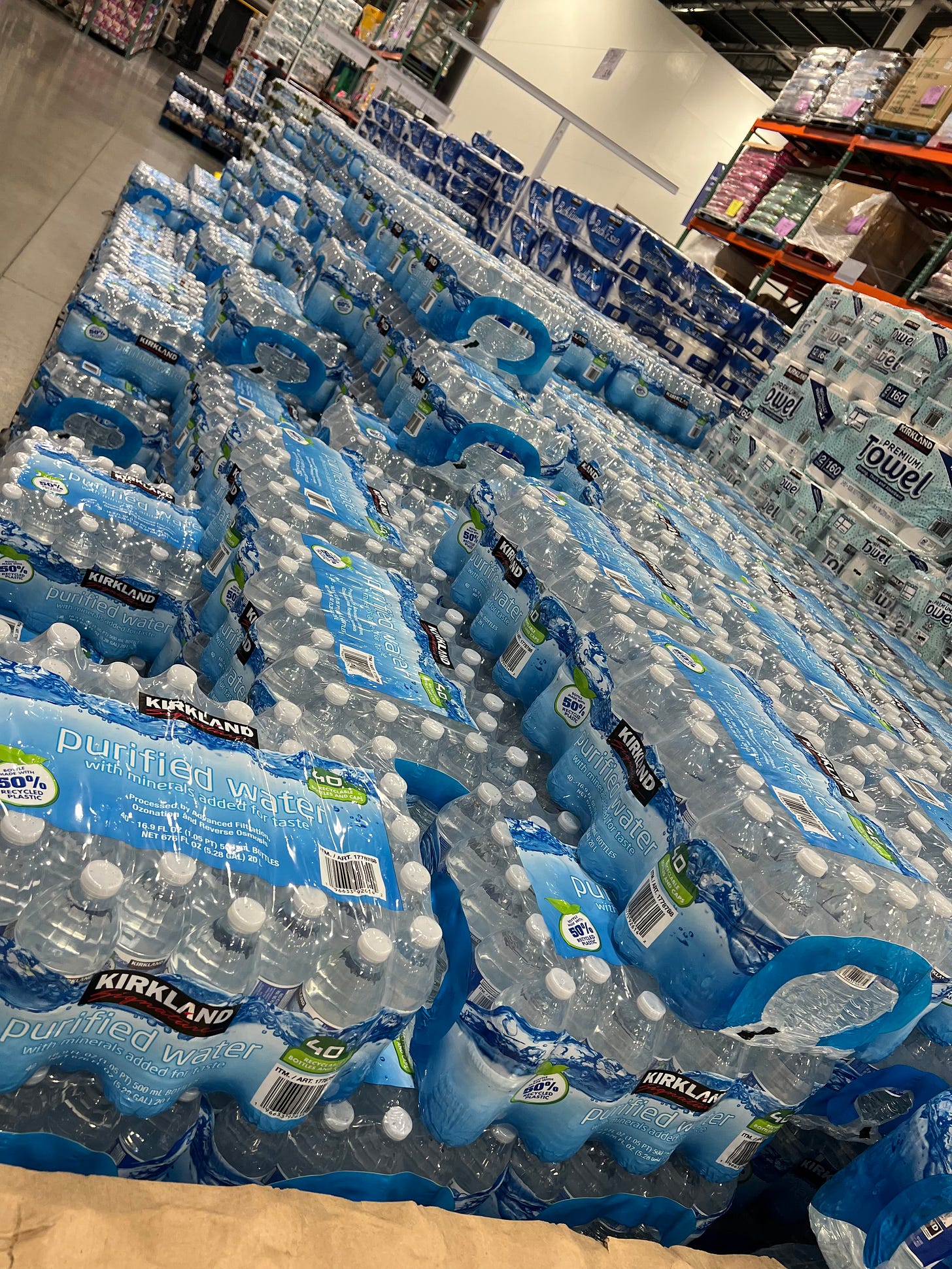Grocery Update Volume 2, #17: "Uncle Sam's Club"- Public Grocery Stores Already Work Well. Why We Need More.
Also: The Return Of Seen In The Wild.
1. Civil Eats Op-ed: “Uncle Sam’s Club”
Public Grocery Stores Already Exist and Work Well. We Need More.
Intro: Folks: below and linked is the math on why public grocery stores make so much sense. These are retail stores subsidized, managed and operated by federal, state or municipal governments as a public service and not driven by competitive dynamics. Not co-ops, which are beloved community owned businesses still nonetheless subject to market pressures and the need to make a profit. Not public utilities, which have a monopoly on certain aspects of the public sector (like water or energy). They are also not something to be dabbled with. They will fail if the proper resources and focus is not put into them from the get go: see experiments in Florida or Kansas or the non-sequitur in Chicago. A lot of well-intentioned writers keep missing these points, and that is understandable. Grocery is a confusing and complicated business. We are here to help!
Public sector (or a “public option” for) grocery stores is something different and interesting, and unfortunately, controversial. Whether politicians who support them can be elected, or whether administrations can then actually operate them effectively, remain to be seen.But the point here is that they can work, already work, are immensely popular and can be an enormous tool in bringing affordability at scale back to the grocery sector, without the type of labor exploitation and supply chain extortion quite common at mass merchants and discounters, especially since there is no end in sight for grocery inflation under T-rump. Enjoy, debate, discuss. And support Civil Eats!
By Raj Patel and Errol Schweizer
New York Assemblymember Zohran Mamdani’s proposal to open five city-run grocery stores has grocery industry executives—and other political foes—clutching their pearls. Critics call it a socialist fantasy. But publicly owned grocery stores already exist, serving over a million Americans every day, with prices 25 to 30 percent lower than conventional retail. We need more public grocery stores, not fewer.
The affordability crisis is crushing American families. Grocery prices have spiked 32 percent since 2019, with even sharper increases in meat, frozen foods, and snacks—categories that make up over 50 percent of Americans’ calories and are dominated by a handful of conglomerates. Market concentration has enabled food giants to raise prices, while actual consumption has flatlined since 2019.
The numbers are starker in New York, where 85 percent of New Yorkers are paying more for groceries than they did last year and 91 percent are concerned about inflation’s impact on their food bills… (click here for the rest of our exclusive analysis)…
2. Seen In The Wild.
Via More Perfect Union:
“Unskilled labor” is a myth used to justify poverty wages. All workers have skills. All labor has value.
Cooperative tea, cocoa and coffee at a grocery co-op somewhere in the Upper Midwest, shout out to Equal Exchange for keeping it real all these years.
States Rites: Texas Toast, from a New York Bakery, in a grocery store in Illinois. Still gluten free though!
Flamin’ Dill. Every once in a while I get optimistic about the food industry and then I pop into a convenience store for the latest oligopolistic ultra processed mash-up crazy train. I am sure they will sell a metric ton of these every week. Chester Cheetah is just the UPF Joe Camel.
Pallets: One of my more endearing habits (compulsions?) is taking pictures of the jankiest stacks of pallets seen on the road.
Shout out to South Philly for this terrifying head scratcher.
Great Pacific Gyre Is Calling: Every once in a while, I start feeling optimistic and then I cruise by the bottled water aisle.
peace.



